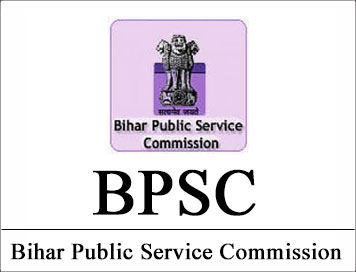
BIHAR State GK Questions (Set-25) for BPSC Exam
Q.1 : देश का सबसे बड़ा पशु मेला किस राज्य में लगता है ?
(a) राजस्थान
(b) बिहार
(c) उड़ीसा
(d) मध्य प्रदेश
Q.2 : बिहार राज्य के किस स्थान पर देश का सबसे बड़ा पशु मेला लगता है ?
(a) रामपुर
(b) अररिया
(c) सोनपुर
(d) गया
Q.3 : देश के सर्वोच्च अलंकरण "भारतरत्न" से सम्मानित उस्ताद बिस्मिला खॉं
बिहार के किस जिले के निवासी है ?\
(a) बक्सर
(b) दरभंगा
(c) पटना
(d) पटना
Q.4 : बिहार राज्य में शिक्षा के प्रसार के लिए किस वर्ष को विद्यालयों में
नामांकन वर्ष के रूप में मनाते है ?
(a) वर्ष, 2009
(b) वर्ष, 2002
(c) वर्ष, 2001
(d) वर्ष, 2000
Q.5 : बिहार की राजधानी पटना प्राचीन काल में किस नाम से विख्यात थी ?
(a) कुसुमपुर
(b) पाटलिपुत्र
(c) अजीमाबाद
(d) उपरोक्त सभी